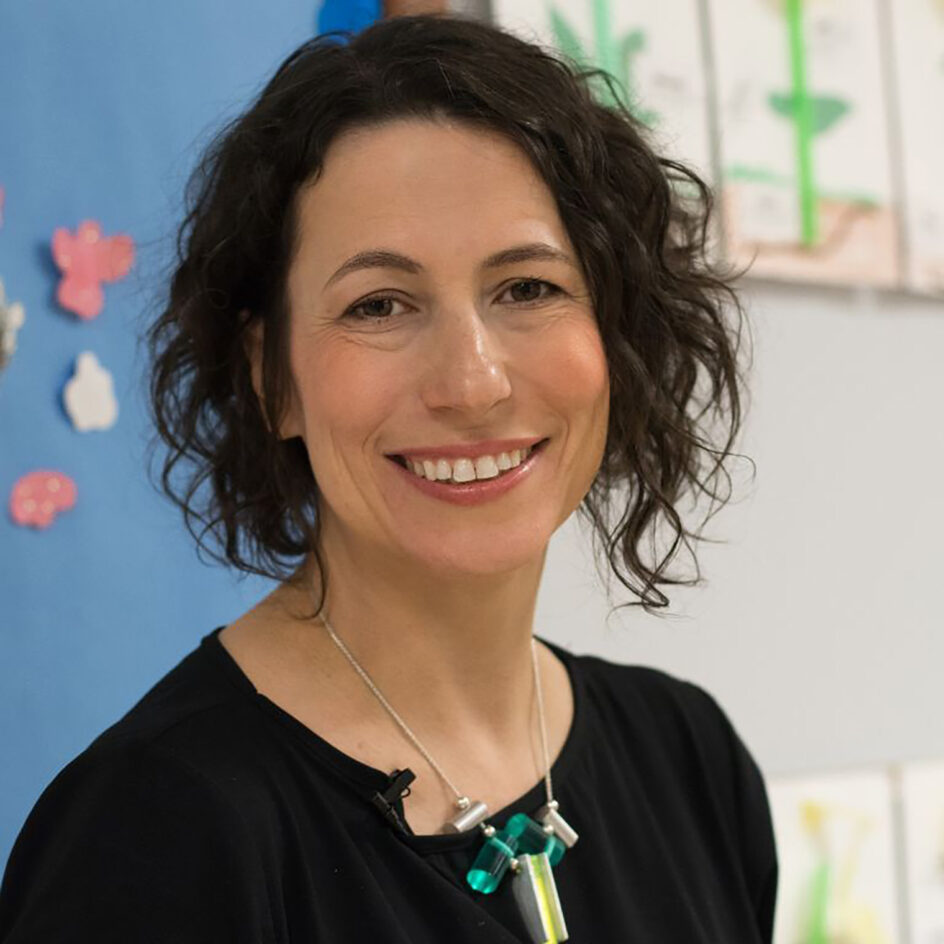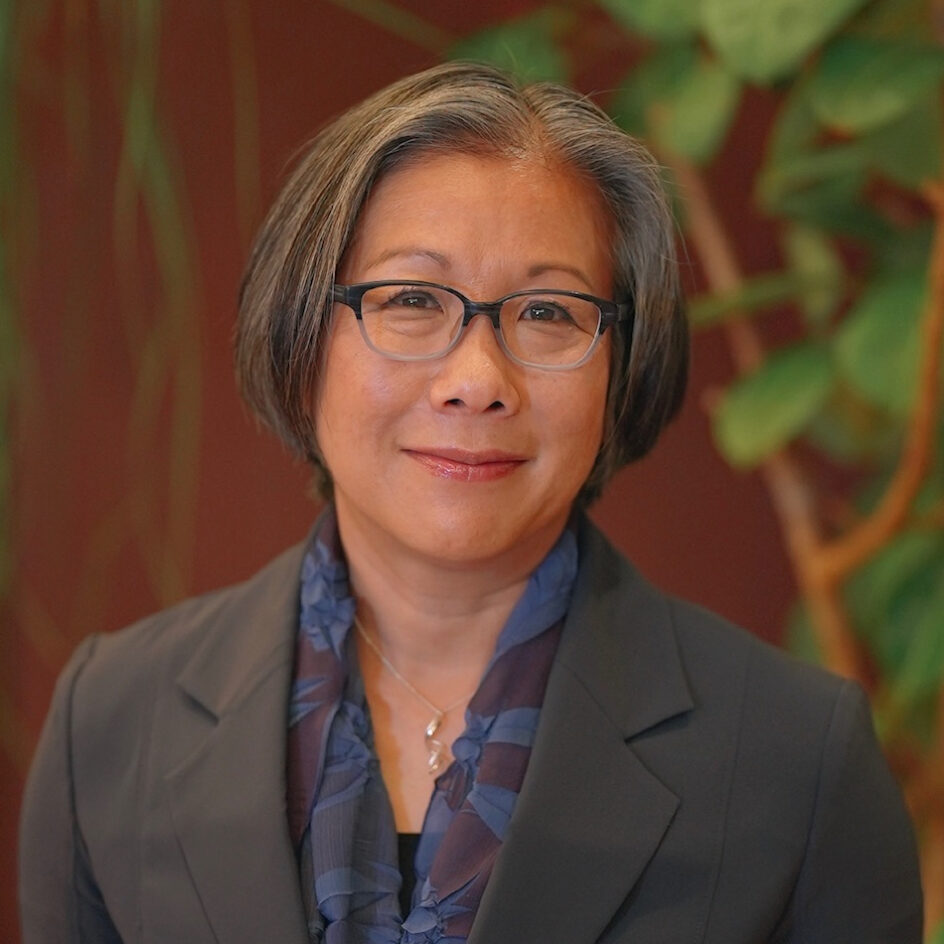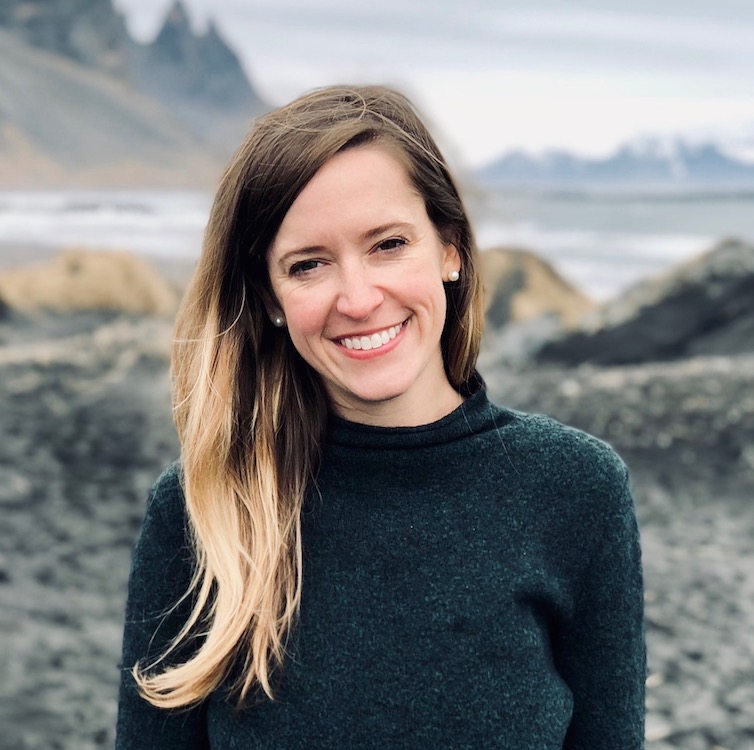Making Connections: Transformative Pathways to STEM

A teacher or mentor can make a difference in a student’s life, recognizing an interest or talent and channeling that energy in a positive way. “That can be a really transformative moment, putting a student on a different trajectory,” says Informatics Professor Kylie Peppler of UC Irvine’s Donald Bren School of Information and Computer Sciences (ICS). “Maybe we do that for one or two kids a year, but what if each teacher could do it for 40 or 50 kids a year?”
This was a motivating question for Peppler and some of her colleagues at UCI’s Connected Learning Lab as they started a collaboration with STEM Next a few years ago. STEM Next was looking for support for its Million Girls Moonshot, a project aimed at engaging one million girls in STEM learning opportunities through afterschool and summer programs.


CLL researchers — including Peppler, CLL Project Scientist Maggie Dahn, and CLL Director Mimi Ito — took a phased approach, starting with exploratory research that involved working with program leaders across five states to identify strategies for promoting STEM connections for middle school girls. “This is the third year of the project,” says Peppler. “Originally, the goal was STEM engagement for a million new girls in low-income and predominantly communities of color, and within a year and a half, they had exceeded that goal.”
Now, CLL researchers are entering phase two of the work, codifying and validating engagement strategies and partnering with new programs. “One of the goals is for us to use the theory and principles of practice inherent to connected learning — which combines personal interests, supportive relationships, and opportunities — to create stronger networked ecosystems to support youth learning in STEM,” says Peppler. “We call this the ‘Making Connections’ project.” More specifically, it is known as “Phase 2+: Making Connections Across Settings to Support STEM Learning Transitions for Middle School Girls.”
Exploring Transformative Moments
During phase one of the project, the researchers systematically studied how five state networks (Nebraska, Alabama, Pennsylvania, Florida, and Massachusetts) build upon and improve girls’ transitions between STEM experiences.

“How do we facilitate what we call ‘making connections’ so it’s not just a one-time-only aerospace camp that you loved as a kid,” explains Peppler. “Instead, how does that aerospace camp get you to enroll in different courses at your school in the fall, or to join a new after-school program?”
The team identified eight strategy types for seamless transitions and sustainable learning ecosystems, and now they’re trying to identify which strategies are most effective, for whom, and under which circumstances.
![Strategy types: [1] Leveraging a wraparound model to address holistic needs to support STEM learning and development. [2] Coordinating between in school and out-of-school settings to cultivate youths' STEM interests. [3] Giving back to one's community through STEM/STEAM¬ related activities. [4] A near-peer mentorship model to support transitions to STEM academic and career opportunities. [5] Translating youth interests into STEM career and entrepreneurship opportunities. [6] Building relationships with families and youth to get buy-in for pursuing immersive STEM opportunities. [7] STEM repository building through the curation of an online tool to link young people to STEM opportunities. [8] Open portfolios to track STEM learning and progress across settings.](https://ics.uci.edu/wp-content/uploads/2023/11/CLL_Stategies.jpg)
They’re also now focusing specifically on Orange County through partnerships with the Moore Foundation (with a recent $400k grant) and Samueli Foundation (with a recent $600k grant). This will fund work with the Orange County Department of Education (OCDE), the Tiger Woods Foundation (TGR), and the Boys and Girls Clubs of Orange County.
“Multiple funders are coming to the table to fund a synergistic line of work essentially,” says Peppler. “That’s exciting for us.”
Making Connections
Building strategic connections across the various programs is a core focus. “One of the unique parts of the connected learning model is that we focus not only on making programs more relevant and engaging for youth, but we also focus on building those connections across programs and thinking more ecosystemically about how to foster youth interests across school and different after-school settings,” says Ito. “So our specific role is to not only partner with programs and reflect on how they’re connecting with other programs across the ecosystem, but also to evaluate the impact of those strategies.” Such evaluations are difficult, because they go beyond typical measurements of enrollment numbers or topics learned. “This is measuring whether kids moved on to another program, so it’s a different paradigm.”
Ito and Peppler explain that through this strategic partnership with STEM Next, youth opting to engage in STEM in the broader out-of-school learning network grew from about 400,000 students the first year to more than 3 million youth annually.
“Part of the reason we focus on STEM in after-school programs is because that’s where most people get an experience that changes their mind,” says Peppler. “It doesn’t usually happen within the school day; research shows it usually happens in the out-of-school hours.”
They hope to better document and duplicate these transformative experiences. “It’s about starting to center the longer-term journey,” says Peppler. “It’s not just getting the kids from the start to the end of the program but really thinking about what happens next? How did we set them up for saying yes to the next thing?”
Another element is linking these programs with workforce opportunities to engage older kids. “Sometimes it’s about employing them as mentors, especially in the low-income communities where some students have two or three jobs in addition to school,” says Peppler. “This supports under-staffed programs while providing some financial support to students in a way that helps build their resume.”
Sharing and Scaling STEM Strategies
The third and final phase of the project, which is a few years away, will involve sharing and scaling these strategies to build capacity across state networks.
“The thing we really love is just how much this resonates with the partners,” says Peppler. “There’s little coordinated training, or shared terminology and ways of going about the after-school hours, which have allowed a thousand flowers to bloom. We see a big opportunity to bring things together in a research-driven way.” CLL researchers plan to share what they’ve learned with practitioners to better support their work and keep them from constantly having to reinvent the wheel.
“So this is a nice opportunity for us to solidify our local Orange County partnerships … and inform the national conversation,” says Ito. “This work is all part of a bigger research agenda that’s been going on for 15 years now. It’s a marathon, not a sprint, and this project is part of a longer-term agenda that prioritizes connected learning.”
— Shani Murray